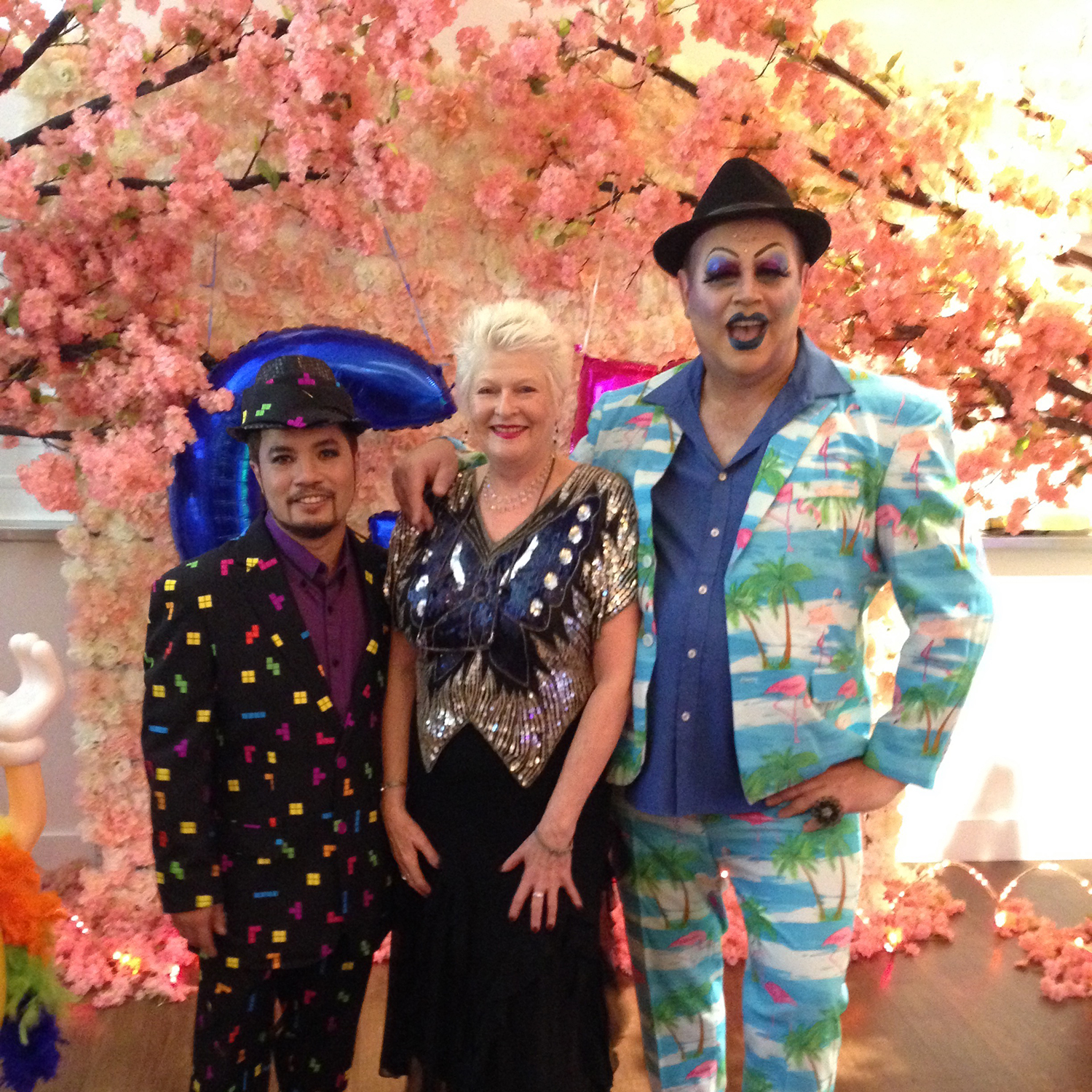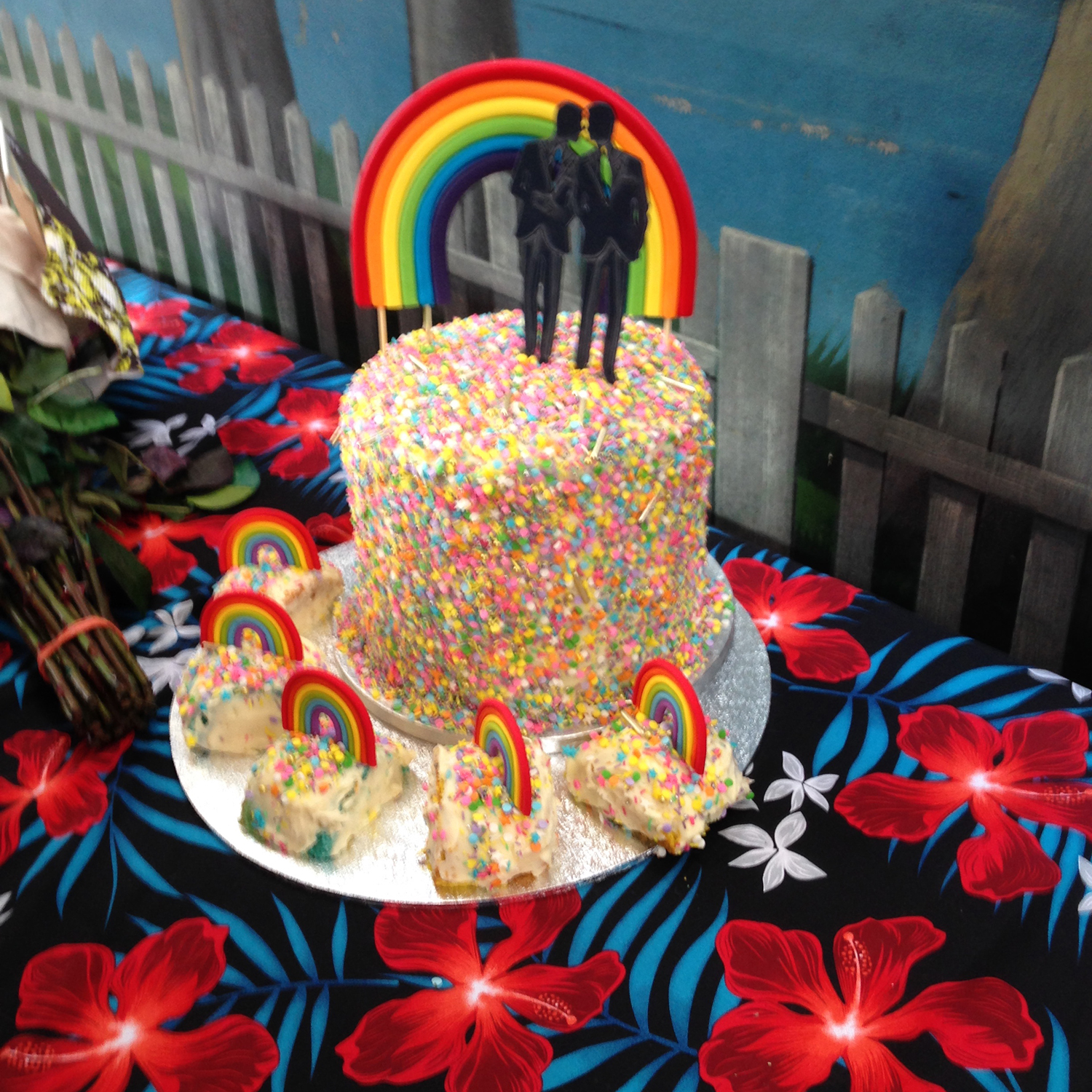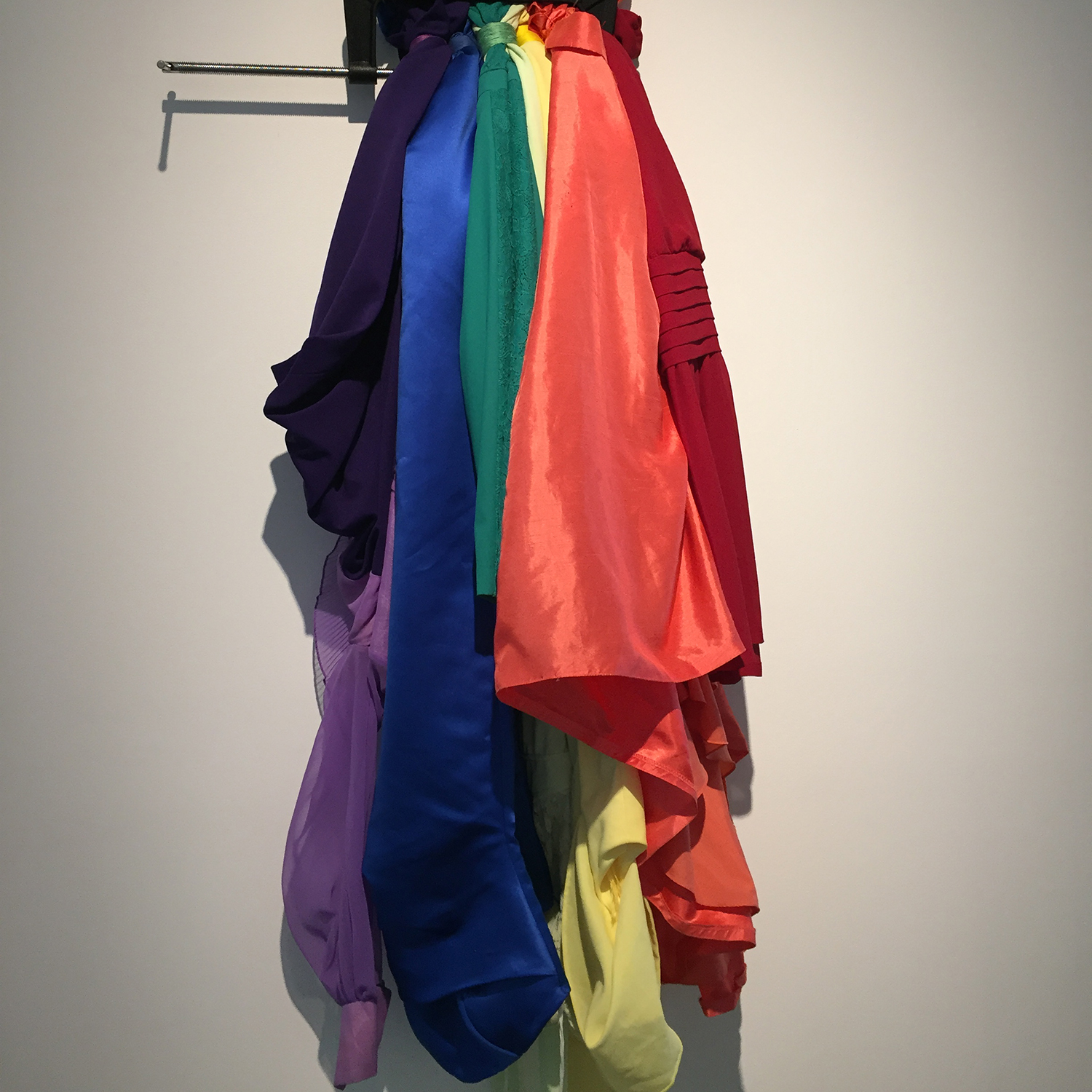The Colours of Your Wedding World
What does colour say about you?
The symbolism of colour overrides language (traffic lights!) for universal clarity and has the habit of creating labels that define us.
Don't decide my gender by a colour!
In the gender-discussion arena, colours have been used to specific, if limiting, purpose:
blue for boys and pink for girls – although strangely enough this only became a tradition mid-last century.
Fancy! Colour-coding a person!
Even before birth a baby’s gender can be defined by colour; nurseries decked out and ready for the gender role anticipated.
However, around the end of World War 1, pink was considered more appropriate for boys (as a watered–down red) and blue thought to be more delicate and pretty for girls. Before that, babies just wore white as we see in old family photos.
Since 1950 pink for girls and blue for boys has been marketed rampantly – and the symbolism of this has been proven to affect behaviour and development, not to mention perpetuating stereotypes - which we have been openly busting since the ’70s (and the avant-garde well before that).
Not just girls want to have fun with colour!
As a cis-girl, I didn’t, and still don’t, care much about either pastel … but have always felt gratified to have access to more colourful clothes than men, unless …
What does it mean if a man wears pink?
Does this mean he is saying “I’m gay!” – because only a gay guy would wear a girl’s colour?
Historically to paint a man in pink was not a declaration of freedom, but a badge of shame:
homosexual men who were derided and tortured for their birth were indicated in Nazi concentration camps with a pink triangle, along with the Star of David. Equally “asocial” were lesbians, who wore a black triangle.
From shame to pride!
In the early ’70s, when I coincidentally became allied with gay culture, this pink triangle, a symbol of shame, was defiantly adopted by the LGBTQI+ community as a symbol of PRIDE. It was used in the Campaign Against Moral Persecution (CAMP) and in the fight against HIV AIDS.

The Colour Purple
Since pink+blue=purple and many shades in-between, this hybrid shade has come to signify inclusion in the LGBTQI+ movement. If traditional gender colours matter, we each can claim some melange of pink+blue.
The Rainbow Connection
But why define yourself so pallidly when you can have any colour of the rainbow? The rainbow!
What a symbol! Of dreams, possibility, prosperity, variety and wonder. And then, specifically, the universal symbol of diversity and acceptance. Now we have the options of any colour (or none) and the welcoming of any orientation symbolised in the Rainbow Flag, created in 1978 by San Francisco artist Gilbert Baker.

What do the colours on the Rainbow Flag mean?
Gilbert Baker’s original flag was made up of eight colours:
pink = sexuality
red = life
orange = healing
yellow = the sun
green = nature
turquoise = art
indigo = harmony
violet = spirit

Gay-friendly Colours
You will find many variations of the original Rainbow Flag.
They all symbolise a particular orientation – afficionados will know the aromantic pride flag, the asexual pride flag, intersex flag, transgender flag, pansexual pride, the gay bear flag …
The Bisexual Pride Flag
… was created in 1998 to increase bisexual visibility amongst gays – and was designed with magenta (same-sex attraction), lavender (bisexual) and royal blue (straight) with a broad pink stripe at the top, a blue one at the bottom and a narrow purple stripe in the centre. In the flag, the colours merge imperceptibly, just as our sexuality should merge into a just and equal society.
So, most of us are represented here!
The “ Biangle”
Bearing in mind these colour symbols, the blue and pink overlapping triangle is also a bi-pride symbol, representing three orientations.
Lesbians are not always Lemon!
The damning downward-pointing black triangle of the Nazis was for a time adopted as a symbol of pride and defiance by lesbians, but more gently, the poetry of Sappho lent the colour violet to the community.
Then a new “pink” lesbian flag was introduced on Tumblr in 2018. It had eight bands:
dark orange = gender non-conformity
orange = independence
light orange = community
white = unique relationships to womanhood
pink = serenity and peace
dusty pink = love and sex
dark rose = femininity
Blue Feathers
Gay pride was emboldened in the 20th century but has been in existence (in other manifestations perhaps) since, well, Adam flashed his privates.
The Society for Creative Anachronism (pursuant of medieaval rites) has adopted a dark blue feather to symbolise LGBT culture in the Middle Ages.
Drop the Hanky!
In the early 20th century gay men would wear a red tie to identify themselves, then in the illegal but halcyon days of CAMP in the ’70s, this transformed into the “ handkerchief code”, when a scarf would be worn hanging from the back-pocket in colours suggestive of sexual interests and fetishes.

Have fun with colour at your wedding!



